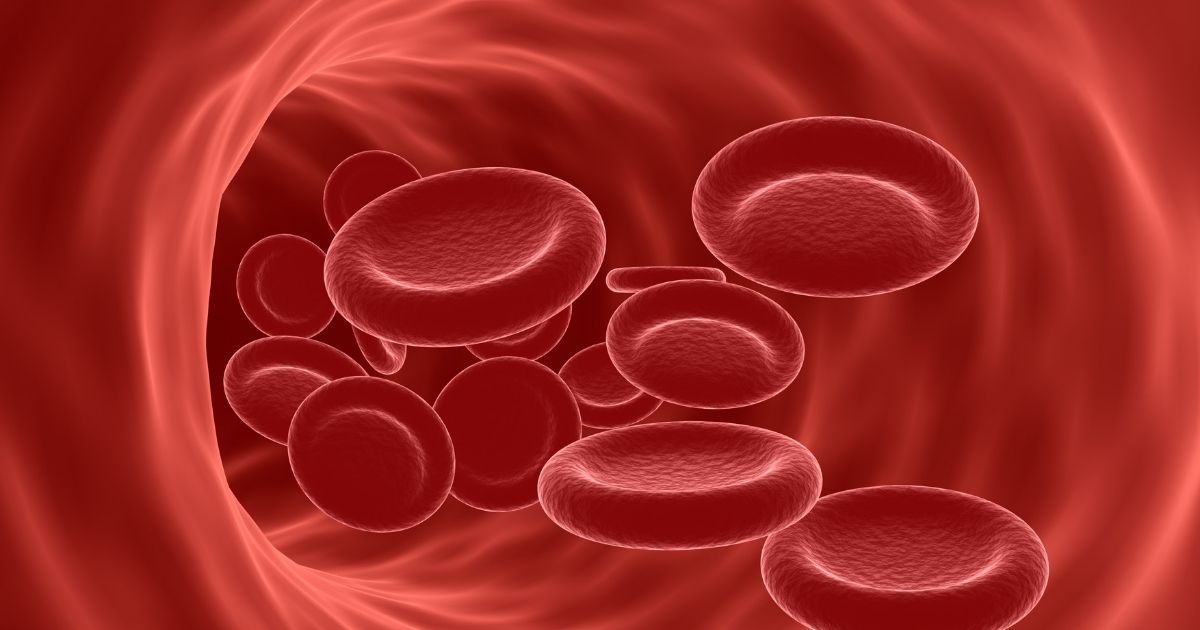Neuroendocrine tumors (NETs) refer to a group of tumors that originate from neuroendocrine cells located in the nervous system and endocrine system. Neuroendocrine cells are specialized cells that provide communication between the nervous system and the endocrine system and can be found in both the nervous system and hormone-producing endocrine glands.
Neuroendocrine tumors are usually slow-growing tumors, but can be more aggressive in some cases. These tumors can occur in different parts of the body. The most common neuroendocrine tumors occur in organs such as the lungs, pancreas, small intestine, large intestine and stomach. These tumors can cause overproduction of hormones secreted by the endocrine system, which can lead to characteristic symptoms.
Neuroendocrine tumors are usually diagnosed based on clinical signs, imaging tests (e.g. computed tomography-CT, magnetic resonance imaging-MRI) and examination of tissue samples. Some neuroendocrine tumors may be associated with the secretion of a specific type of hormone, and measuring levels of this hormone can also help with diagnosis.
The treatment of NETs is determined by factors such as the location, size and extent of spread of the tumor and the patient’s general health. Treatment options may include surgery, chemotherapy, targeted drugs and radiotherapy. In some cases, hormone replacement therapy may also be used for hormone-secreting neuroendocrine tumors.
Neuroendocrine tumors can have a varied course and prognosis depends on the type, stage and spread of the tumor. With early detection and appropriate treatment, some neuroendocrine tumors have a good prognosis and can be kept under long-term control. However, for more aggressive tumors, treatment can be challenging and the prognosis may be worse.



